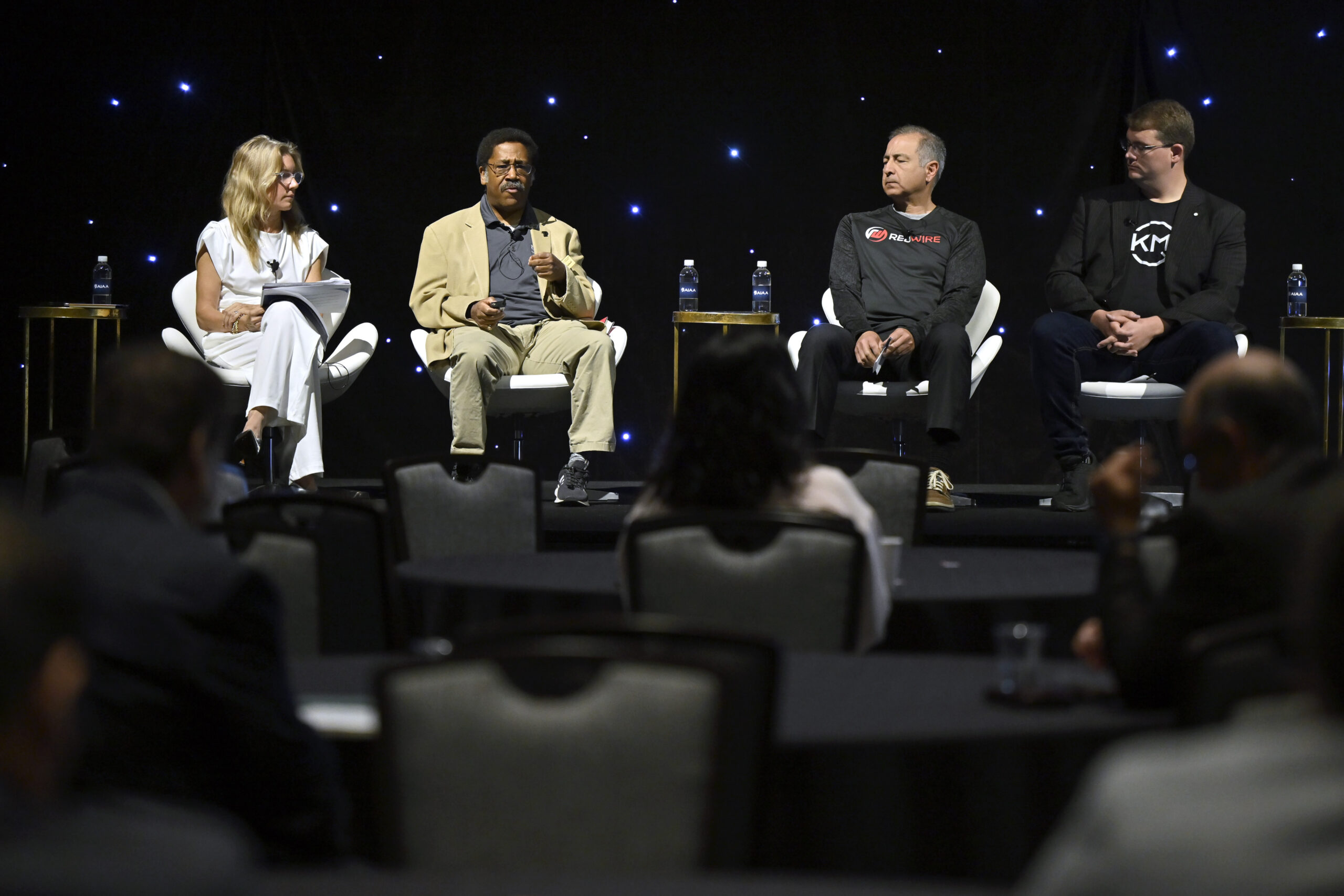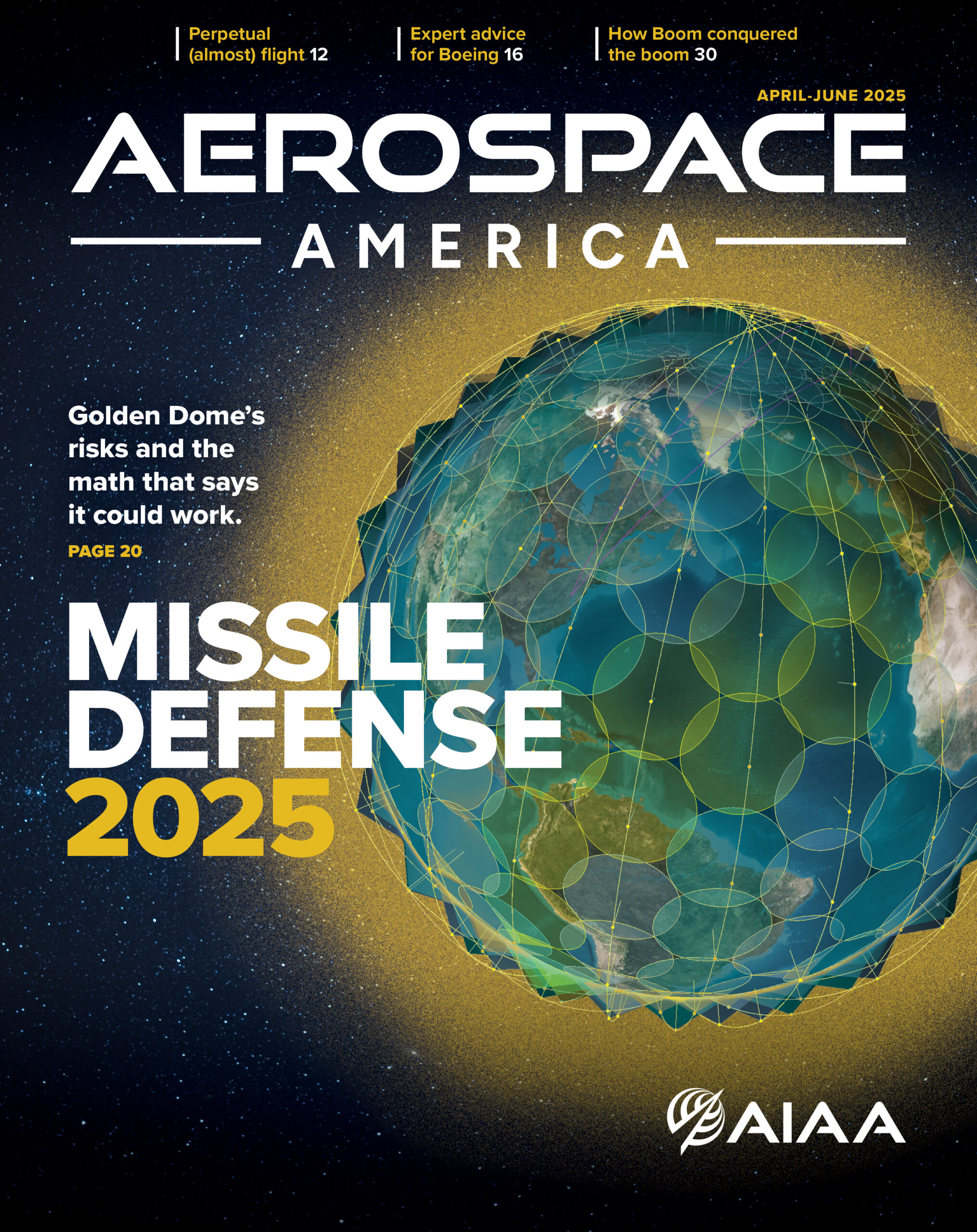Interoperability a Must for Programs Like Golden Dome and Moon to Mars to Succeed
Las Vegas – Having long tackled the innovators’ dilemma to adjust to technological transformation, the space industry is now poised to tackle the integrators’ dilemma: what to do with all that innovation and how to use it. A panel discussion at 2025 ASCEND explored the theme, tapping experts in academia and industry.
Panel moderator Lori Gordon, systems director for Space Enterprise Evolution at The Aerospace Corporation, said the concept for the session came from Clayton Christensen’s seminal book, The Innovator’s Dilemma.
Today’s space missions demand collaboration between government, commercial, and legacy systems. “We want to make sure that we’re discussing the role of all decision makers—acquirers, insurers, investors, researchers, regulators—because integration is more complex and more critical than ever,” Gordon said.
During the panel, multiple audience questions were fielded, including how regulatory policy needs to shift in ways that won’t stifle innovation as the space industry moves to hybrid architectures.
“Regulation has to have guard rails but not how you do the regulations,” said Barrett Caldwell, professor of Industrial Engineering and Aeronautics & Astronautics at Purdue University.
Another question concerned the role incentive structures play in tracking market participation in hybrid-based ventures—aligning government priorities with private sector risk appetites. Gordon asked what financial or acquisition models can accelerate the transition to integrated architectures.
“This is probably a topic that’s been discussed more than any other in my whole career,” said panelist Al Tadros, chief technology officer of Redwire Space, a publicly held space infrastructure company. Tadros began in the industry in the 1980s and became an expert on guidance, navigation, and control. At Redwire, he’s a major evangelist for digital engineering.
“There’s no getting away from the budgeting process and acquisition requirements. I see a lot of companies building things that might be great solutions, but the pragmatic part of that is what process is going to get it into the hands of the warfighter? That has to be part of the discussion and equation,” he said.
Tadros continued, “If you want to change something to accelerate more commercial approaches, [the government acquisition process] is one of the most important things to discuss.”
Cameron Penny, partnerships manager at Kall Morris Inc., a provider of in-orbit removal services for satellite end-of-life planning, pointed to the integrator’s dilemma of merging new innovations with legacy systems.
“You have new ideas and innovations trying to become part of, and exist within, an existing ecosystem,” Penny explained. “Sometimes innovation is a buzzword, not necessarily an action point, but true integration means solving real challenges and bringing together industry partners.”
The panelists agreed that programs like the Department of Defense’s Golden Dome and NASA’s Moon to Mars are pushing the boundaries of what’s possible, requiring not just technological advances but also new levels of policy alignment and international cooperation.
Gordon highlighted the need for industry-led standards and regulatory frameworks that can keep pace with innovation. As space operations increasingly cross international lines, the panel stressed the importance of harmonizing standards and regulations.
Tadros added, “There’s an onus on us to take a leadership role and to bring along international partners into this story, because you can easily lose any one nation in the noise.”
In closing, the panel urged embracing interoperability as the foundation for a sustainable, innovative, and collaborative space future.
As Gordon summarized, “Ecosystems are at the top of the system-of-systems pyramid. Integration is most needed there, and it’s where we must focus to achieve the next great leaps in space.”




